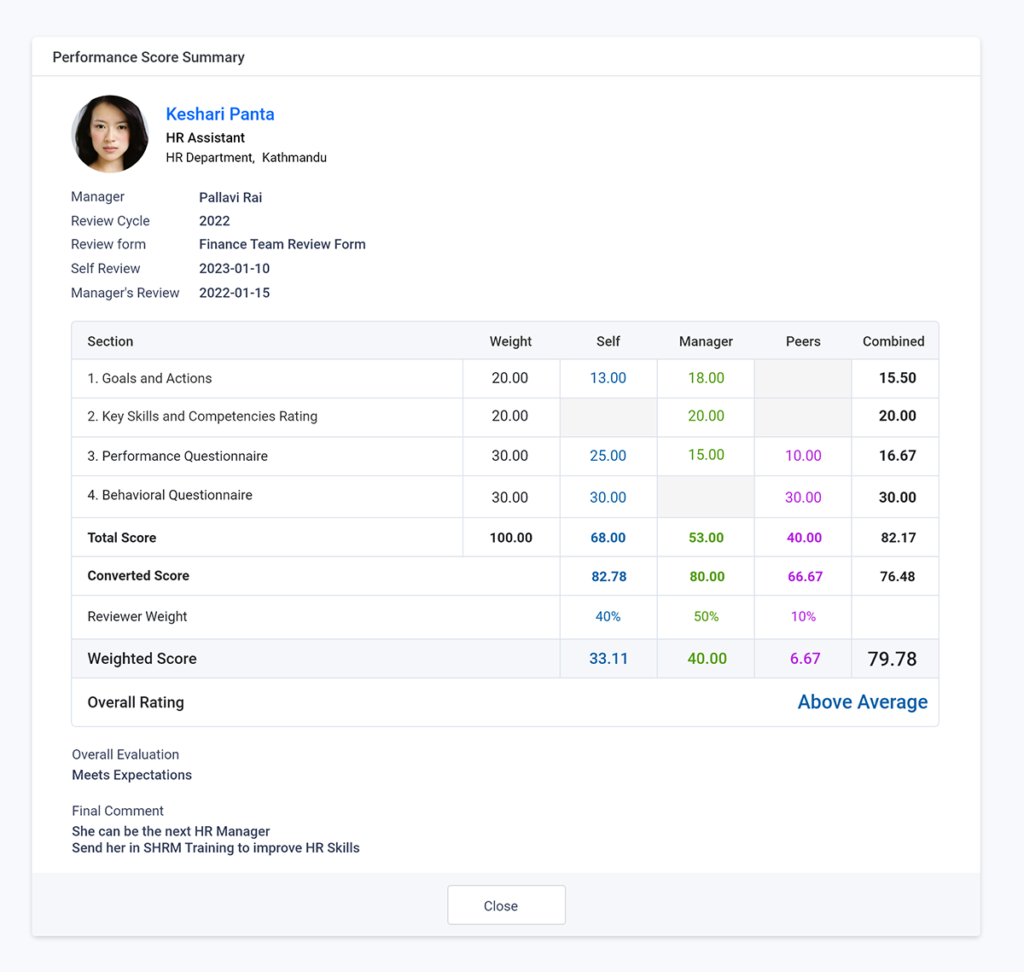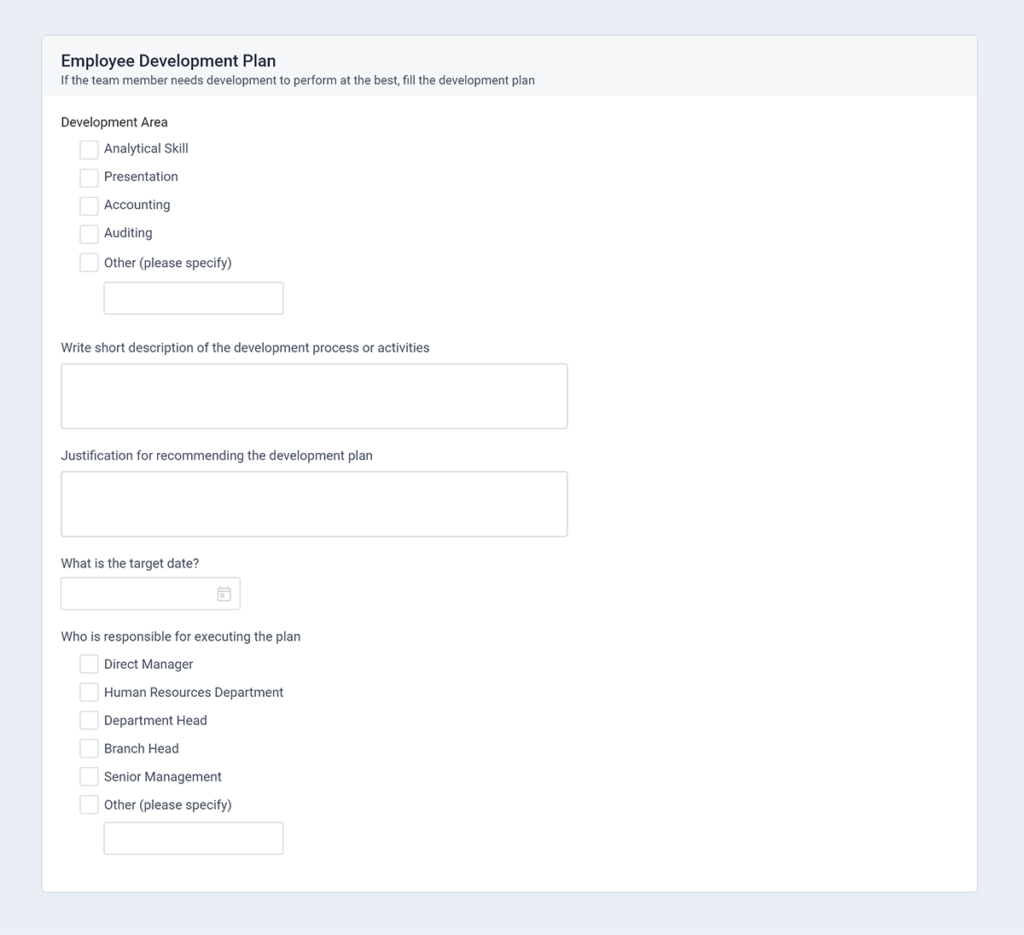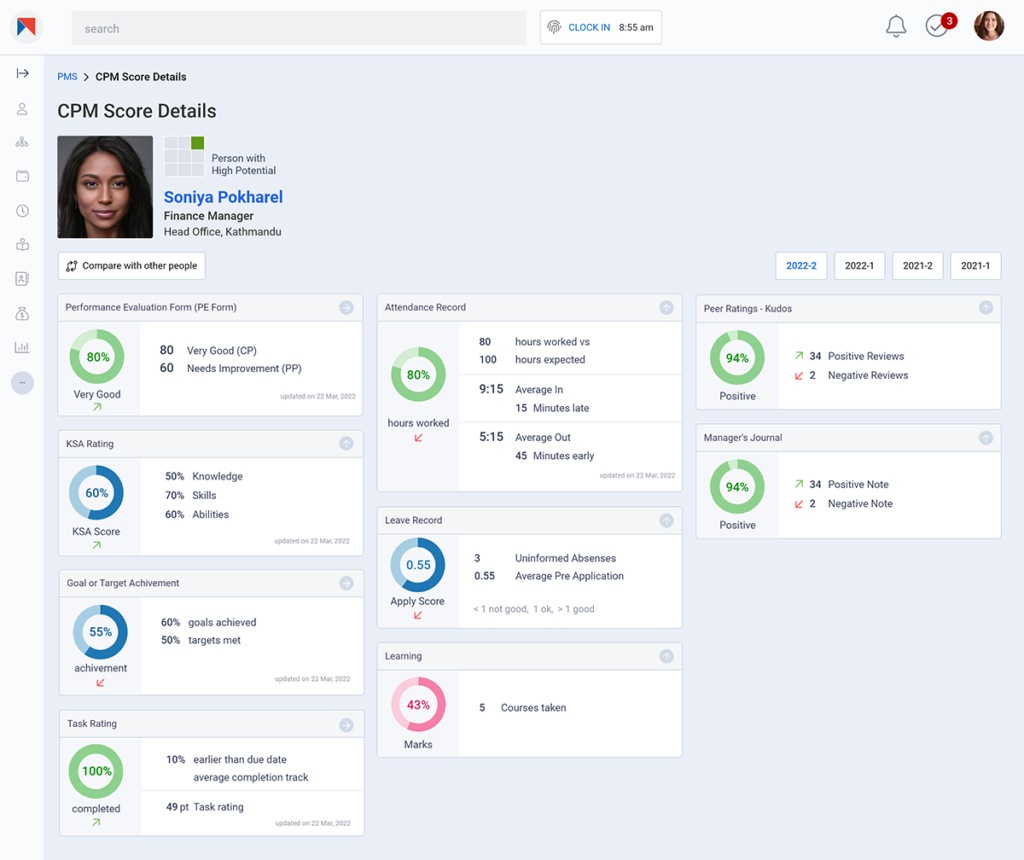Performance Management and Performance Reviews
Rigo

What is performance management?
According to CIPD, ‘Performance management’ describes the attempt to maximize the value that employees create. It aims to maintain and improve employees’ performance in line with an organization’s objectives. It’s not a single activity, but rather a group of practices that should be approached holistically.
Performance management is usually backed up by formal processes, including recording objectives, periodic performance reviews and improvement plans for under-performance.
What is a performance Evaluation?
Performance Reviews (also called performance evaluation or performance appraisal) are very important part of performance management process. The main purpose of performance review is to assess employee performance and inform the management for administrative decisions such as promotion, performance-based pay, learning and development.
Changing performance reviews
There has been lots of debate in the last decade about whether traditional performance appraisal approaches add real value to the employee development process.
Criticisms of the traditional performance reviews are:
- They are not frequent enough.
- They focus on past performance with little attention paid to future performance improvement, learning and development.
- Feedback often comes from a single source (the line manager) which can give too narrow a view.
- Assessments are too subjective, not a reliable reflection of actual performance and unfair.
- The process as a whole is excessively bureaucratic, time consuming and demotivating.
Rather than abandoning the traditional performance reviews, organizations are overhauling the process to make them relevant and using in modified form.
Assessing and measuring performance
Employee performance is often assessed through standardized metrics as well as subjective comments or statements.
The choice of performance metrics or subjective comments or the mix of both depends on the nature of the job. Some jobs like sales job outcomes are easy to evaluate using quantitative metrics like sales target while other jobs may not have clearly defined metrics and have to rely on qualitative comments. Usually, it is better to mix quantitative metrics and qualitative comments in performance reviews. Employee review does not always focus on outcome, they can also relate to employee behaviors and attitudes against organization’s values or learning and development.
Performance Evaluation Methods
With the development of high-tech measurement tools and software employee performance metrics can be calculated in real time and displayed in dashboards. If there is a reliable human resources system, continuous performance data can be a valuable source for performance reviews. For instance, Rigo Continuous Performance Dashboard pulls data from various sources (including leave, time, attendance, tasks, OKR, KPIs, targets, Learning Management System). Real time dashboards have two major benefits to the organization:
- Management sees real time employee performance data in dashboards and makes employee development and positioning decisions before it is too late.
- Employees can adjust their performance to meet the standard or target expected from them on an ongoing basis.
The real time dashboard information can be supplemented by regular Manager – Employee 1: 1 meeting and provide early feedback when they require it and tune the performance. Or by following a more advanced approach like OKR System which helps organizations, departments, teams, and individual employees define and align organization Objectives with Key Results to achieve them.
What should be measured in Performance Reviews?
Collecting data can be time consuming and it may distract stakeholders from regular work and real performance improvement to benefit the organization. Organizations should focus on what types of performance they want to emphasize and design the reviews accordingly.
According to CIPD, there are three broad types:
- Task performance: the core activities included in one’s job.
- Contextual performance: activities that go beyond one’s job but benefit the organization as a whole.
- Adaptive performance: the ability to respond to unexpected changes (for example, handle crisis situations) or innovate.
Bias in performance ratings
The major demerit of the traditional performance review is there is a greater scope of manager bias in rating employees. Performance measures need to be reliable, trustworthy, and relevant.
- A manager may be biased if they personally like or hired an employee.
- Managers tend to give higher ratings if they are sympathetic, and lower ratings if they are honest.
- Employees usually enhance their ratings through self-promotion.
Ratings accuracy can be increased in various ways, including:
- Training raters (for example, in techniques for comparing employees with set standards).
- Using composite scores instead of a single score (for subjective measures).
- Averaging scores from different raters.
- Using an expert to check scores.
360-degree feedback
In standard feedback, employee and/or manager rating is considered with a high likelihood to biased ratings. To overcome employee self-promotion and manager biasedness organizations use 360-degree feedback.
360 degree or multi-source feedback involves employees receiving ratings and feedback from a number of stakeholders, including colleagues and sometimes direct reports, as well as their own manager. Some organizations go as far as customers and external stakeholders. This can give employees a fuller picture of their performance and a more objective basis for assessing real performance.
However, there is a risk that the process can be gamed (framed). Colleagues may give higher than justified ratings to show their colleague better than they are.
Some measures can be adopted to make 360 reviews better may be:
Briefing employees and reviewers clearly on the aims and objectives, what the feedback will be used for and how it should be given.
- Explaining the process, including how reviewers are nominated, how feedback is compared and how it will be presented.
- Maintaining confidentiality, using anonymous peer review.
- Defining affinity weight carefully.
Performance Improvement Plan (PIP)

Rigo HR NG – Performance Management Software

Rigo HR NG Performance Management is an advanced Performance Management System where you can carry out Standard as well as 360 Degree Performance Review. It is extremely easy to use and has advanced features to make the Performance Review Process effective and reliable. Major features include:
- Standard Performance Review
- 360 Degree Review
- Employee KSA integration from Job Descriptions
- Employee Goal/Target integration from Employee Target and Achievement
- Easy performance review form builder
- Different Types of Questions and Statements
- Selective Reviewers for each section
- Flexible Review Cycles
- Flexible Rating Scales
- Flexible Section and Subsection Weights
- Flexible Review Flow
- Standard but customizable Signatures and E-Mail Templates
- Participant Weights including Affinity Levels
- Peer Nomination or Peer Assignment
- Performance Improvement Plan